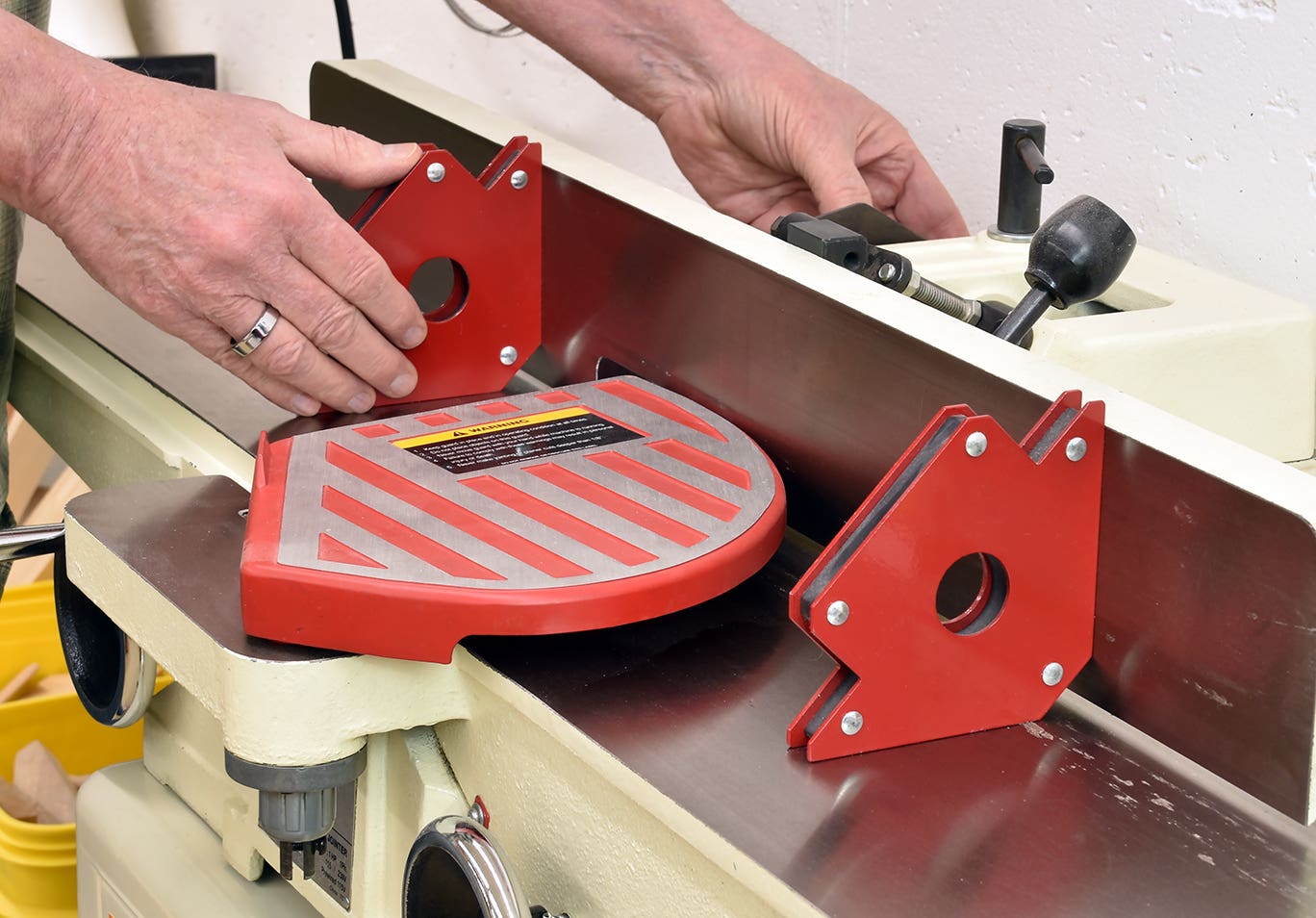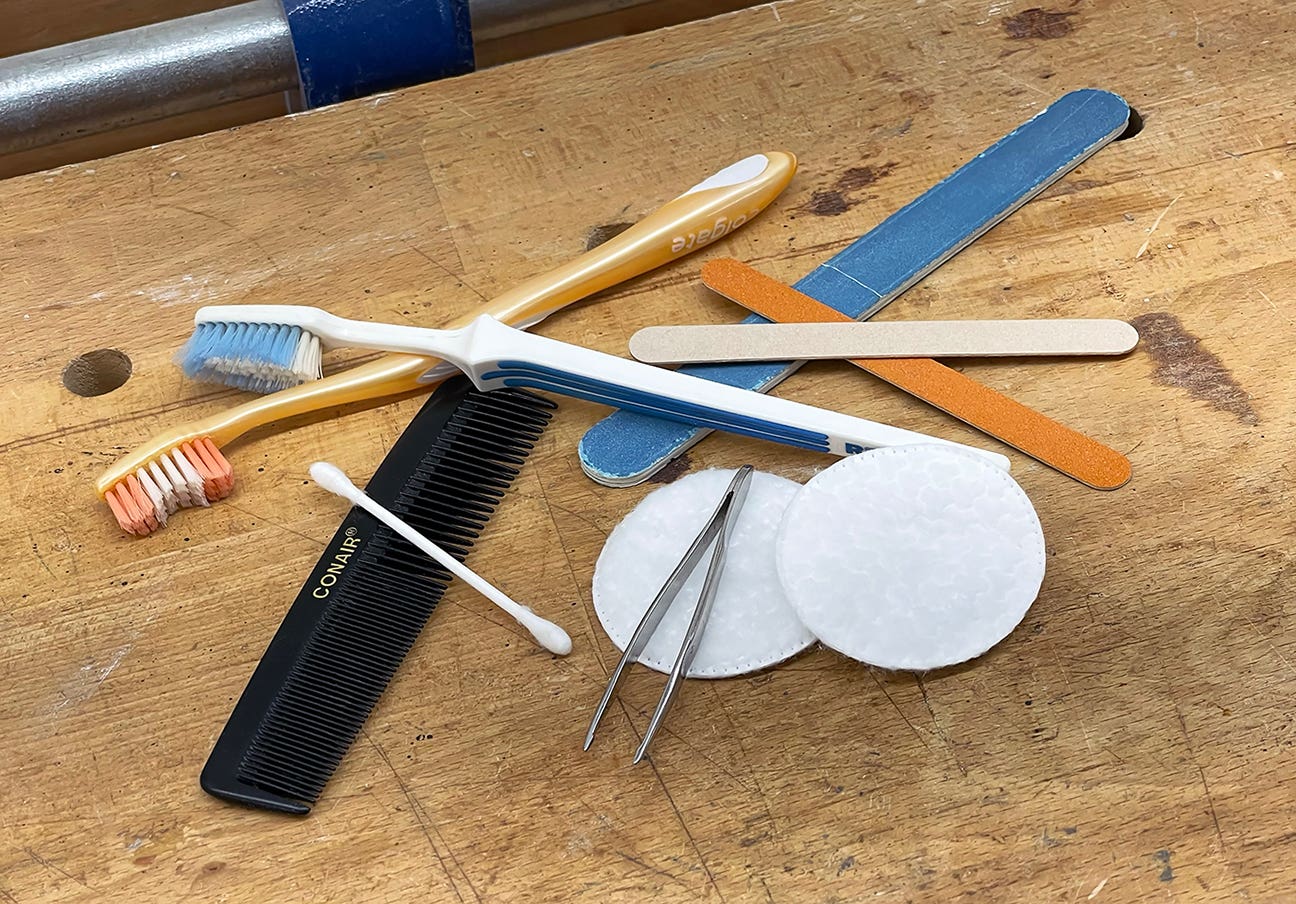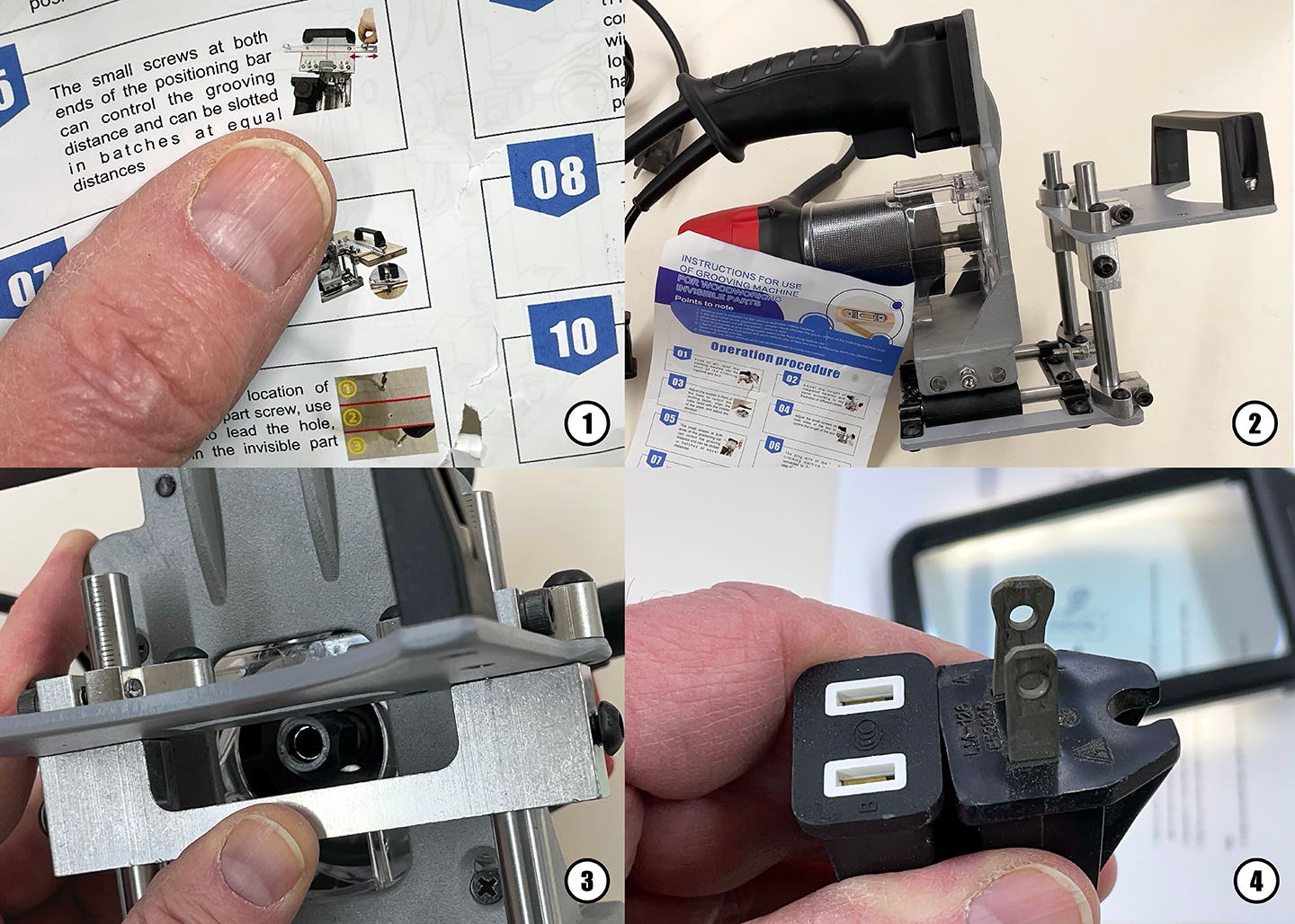Cut your taxes by hiring your children
There is a little-known provision in the Internal Revenue Code that can save sole proprietors thousands of dollars in taxes every year simply by hiring their children. But before we…
There is a little-known provision in the Internal Revenue Code that can save sole proprietors thousands of dollars in taxes every year simply by hiring their children.
But before we get into the details, let’s explore the tax situation of a sole proprietor. Having your own business offers many opportunities, but it carries a big disadvantage with Uncle Sam. When you worked for someone else, 7.65 percent of your total pay went to FICA-Social Security and Medicare, and your employer had to match your contribution to FICA. But in a sole proprietorship you are classified as self-employed and thus obligated to pay 15.3 percent (7.65 percent times two) under the Self Employed Contributions Act.
What you’re really doing is subtracting your business expenses from your total income, and paying 15.3 percent on the difference. The net is about 14.13 percent because you are allowed to deduct half of your self-employment tax on Form 1040. It makes no difference how much you pay and deduct for your mortgage interest, real estate taxes, state income taxes, charity deductions, etc. Once you calculate your self-employment tax, these other deductions will only decrease your federal and state income tax, not your self-employment tax.
I have clients who pay no federal and state income tax, but pay $10,000 or more in self-employment tax. In fact, most self-employed people pay more in self-employment tax than they do in federal and state income tax combined.
Most taxpayers are in the 15- to 25 percent federal tax bracket. If we assume 25 percent and add 15.3 percent for self-employment tax and 5 percent for state income tax, that’s a 45 percent tax bracket.
Put junior on the payroll
Are there any other tax-favorable methods to get money out of your high tax bracket and into your child’s low- or zero bracket if you operate as a sole proprietor? Let’s look at some different scenarios.
If you hire your child as an independent contractor, he or she will probably be liable for self-employment tax even if there is no federal or state income tax due. You get a tax deduction in the area of 45 percent and your child pays 14.13 percent in self-employment tax. That’s approximately a 30 percent savings. So if you paid your child $5,000, he or she would pay 14.13 percent of the $5,000 ($706) and you would get a tax deduction of 45 percent on $5,000 ($2,250) for a net family savings of $1,544. Not a bad deal.
However, it would be difficult for your child to meet independent contractor status. Legally, he or she would be classified as an employee. Then we get that pesky FICA tax involved, along with federal and state unemployment taxes.
But, believe it or not, the IRS comes to the rescue. The Internal Revenue Code says that if you operate your business as a sole proprietorship or as a partnership with your spouse there are some benefits in hiring your dependent children. Few shop owners operate their business as a formal partnership with their spouse, so we’ll concentrate on an owner operating as a sole proprietor and filing Schedule C.
Rules to know
If you hire your child as an employee, you can deduct wages paid to him or her just as you would deduct wages paid to any other employee, even your neighbor’s child, within the following guidelines:
1. The wages must be reasonable.
2. The wages must be paid for work actually performed and you must keep evidence of work actually performed.
3. The wages belong to your child.
If you child is over the age of six and under age 18, you pay no payroll tax. You will have to file annual withholding reports, but you will pay no tax with the reports. Filing the reports could be part of your child’s duties as your employee.
With a standard deduction of $5,700, your child would pay zero tax on the first $5,700 in wages; no FICA contributions from either of you, and no federal or state unemployment tax. Your child would not even have to file a federal tax return if the $5,700 was his or her only income. Meanwhile, you can deduct the entire $5,700 and save $2,565 in taxes.
If you needed to pay your child more than the standard deduction of $5,700, his or her federal tax on the next $10,000 of earnings is taxed at 10 percent. You’d save about $4,000 in federal taxes, while your child would owe about $1,000.
Important exceptions
This will not work if you are operating as a Corporation, S Corporation or Limited Liability Company. However, the IRS recently relented and announced that if the LLC is a single-member LLC taxed as a sole proprietor, it will meet the requirements for the favorable tax treatment. The Corporation or S Corporation is not the child’s parent, but a single-member LLC can be classified as a disregarded entity for tax purposes.
You must get an employer identification number from the IRS (Form SS-4). There is no cost and you can do it by phone or online. All wages paid to your child must be by a check drawn from your business checking account.
Just follow these simple steps and pocket the tax savings for your child’s future. But be sure to consult with your tax adviser first.
Fred Malone has been a woodworker for more than 40 years and is a certified financial planner specializing in tax return preparation for self-employed individuals.
This article originally appeared in the February 2012 issue.







